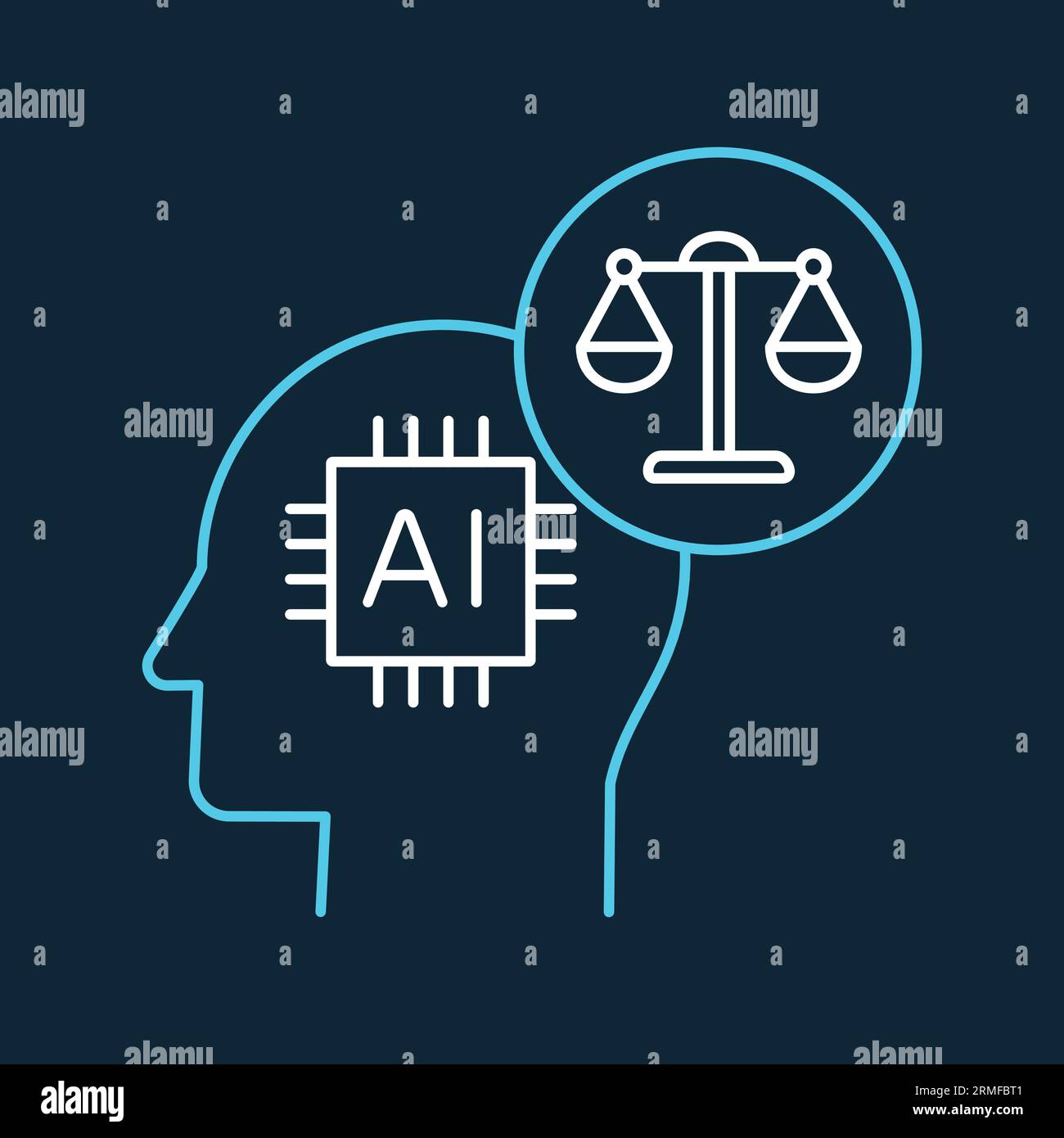AI's Learning Limitations: Understanding And Mitigating The Risks

Table of Contents
Data Bias and its Impact on AI Learning
Biased data is a pervasive problem in AI, significantly impacting the accuracy and fairness of AI systems. AI models learn from the data they are trained on, and if that data reflects existing societal biases, the resulting AI will likely perpetuate and even amplify those biases. This is a crucial aspect of understanding AI's learning limitations.
Sources of Bias in Training Data
Biased data can stem from various sources, often reflecting existing inequalities in the real world. This leads to biased AI outputs, creating unfair or discriminatory outcomes.
- Gender Bias: Datasets representing professions or leadership roles may overrepresent men, leading to AI systems that favor male candidates.
- Racial Bias: Facial recognition systems trained predominantly on images of white individuals often perform poorly on individuals with darker skin tones.
- Socioeconomic Bias: Datasets lacking representation from low-income communities can result in AI systems that disadvantage these populations.
The consequences of biased AI are severe:
- Discrimination: Biased algorithms can lead to unfair decisions in areas like loan applications, hiring processes, and even criminal justice.
- Unfair Outcomes: AI systems may disproportionately disadvantage certain groups, exacerbating existing social inequalities.
Mitigating Data Bias
Addressing data bias requires a multifaceted approach:
- Data Augmentation: Adding more data points to underrepresented groups to balance the dataset.
- Resampling: Techniques like oversampling minority classes or undersampling majority classes to create a more balanced representation.
- Algorithmic Adjustments: Employing algorithms designed to be less sensitive to biases in the data.
Tools and resources are available to help detect and mitigate bias:
- Bias detection tools: Software that analyzes datasets to identify potential biases.
- Fairness metrics: Quantitative measures to assess the fairness of AI models.
Overfitting and Generalization Challenges
Another significant limitation of AI is overfitting, where a model performs exceptionally well on the training data but poorly on new, unseen data. This lack of generalization is a critical aspect of AI's learning limitations.
Understanding Overfitting in AI Models
Imagine teaching a child to identify cats only using pictures of fluffy Persian cats. The child might excel at identifying Persian cats but struggle with recognizing other breeds like Siamese cats or even short-haired cats. This is analogous to overfitting.
Causes of overfitting include:
- Complex models: Models with excessive parameters can memorize the training data rather than learning underlying patterns.
- Insufficient data: Training with limited data can lead the model to focus on noise and irrelevant details.
Visual representations, such as learning curves, can illustrate overfitting: a sharp gap between training accuracy and validation accuracy indicates overfitting.
Strategies for Improving Generalization
Several techniques can improve a model's ability to generalize:
- Cross-validation: Dividing the data into multiple subsets for training and validation to assess generalization performance.
- Regularization: Adding penalties to the model's complexity to prevent overfitting.
- Simpler model architectures: Using less complex models can reduce overfitting.
Metrics like generalization error and out-of-sample accuracy help evaluate generalization performance.
The Limits of Explainability in AI
Many AI models, particularly deep learning models, function as "black boxes," making it difficult to understand how they arrive at their decisions. This lack of transparency is a major limitation concerning AI's learning limitations.
The "Black Box" Problem
The complexity of deep learning models often obscures their decision-making processes. This opacity poses several challenges:
- Debugging: Identifying and correcting errors in complex models is difficult without understanding their internal workings.
- Lack of Trust: Users may be hesitant to trust AI systems whose decisions are opaque and unexplainable.
Approaches to Enhancing Explainability
Several methods aim to make AI decision-making more transparent:
- LIME (Local Interpretable Model-agnostic Explanations): Approximates the model's behavior locally to provide explanations.
- SHAP (SHapley Additive exPlanations): Assigns importance scores to input features based on game theory.
- Rule extraction: Extracts understandable rules from the model to explain its decisions.
However, current explainability techniques have limitations: they may not always be accurate, comprehensive, or easily interpretable.
Addressing the Security Risks of AI Learning
AI systems are vulnerable to various security threats, including adversarial attacks, which highlight another critical area within AI's learning limitations.
Vulnerability to Adversarial Attacks
Adversarial attacks involve subtly altering input data to manipulate an AI system's output. For example:
- Adding almost imperceptible noise to an image can cause an image recognition system to misclassify it.
- Small changes to audio input can fool speech recognition systems.
The consequences of successful adversarial attacks can be severe:
- System failures: Compromised AI systems can lead to malfunctions and disruptions.
- Data breaches: Adversarial attacks can be used to gain unauthorized access to sensitive data.
Robustness and Security Measures
Improving AI system robustness requires proactive measures:
- Data augmentation with adversarial examples: Including adversarial examples in the training data to make the model more resilient.
- Defensive distillation: A technique to make the model less susceptible to adversarial attacks.
Best practices for developing secure AI include rigorous testing, validation, and continuous monitoring.
Conclusion
AI's learning limitations encompass several key challenges: data bias leading to unfair outcomes, overfitting hindering generalization, the "black box" problem limiting explainability, and vulnerabilities to adversarial attacks. Understanding and mitigating these limitations is crucial for building responsible and ethical AI systems. By proactively addressing these issues through careful data curation, robust model design, and transparent decision-making processes, we can harness the power of AI while minimizing its risks. By understanding and actively mitigating AI's learning limitations, we can pave the way for a more reliable and beneficial future of artificial intelligence.

Featured Posts
-
 May 12 2025 Chase Lees Scoreless Inning Marks Successful Mlb Return
May 31, 2025
May 12 2025 Chase Lees Scoreless Inning Marks Successful Mlb Return
May 31, 2025 -
 Debunking The Myth Of Ai Learning Towards Responsible Ai Development
May 31, 2025
Debunking The Myth Of Ai Learning Towards Responsible Ai Development
May 31, 2025 -
 Alexander Zverev Triumphs Munich Semifinals Await
May 31, 2025
Alexander Zverev Triumphs Munich Semifinals Await
May 31, 2025 -
 Financial Literacy Revolution A New Podcast On Money Management
May 31, 2025
Financial Literacy Revolution A New Podcast On Money Management
May 31, 2025 -
 Debunking The Myth Of Ai Learning A Practical Guide To Ethical Ai
May 31, 2025
Debunking The Myth Of Ai Learning A Practical Guide To Ethical Ai
May 31, 2025
